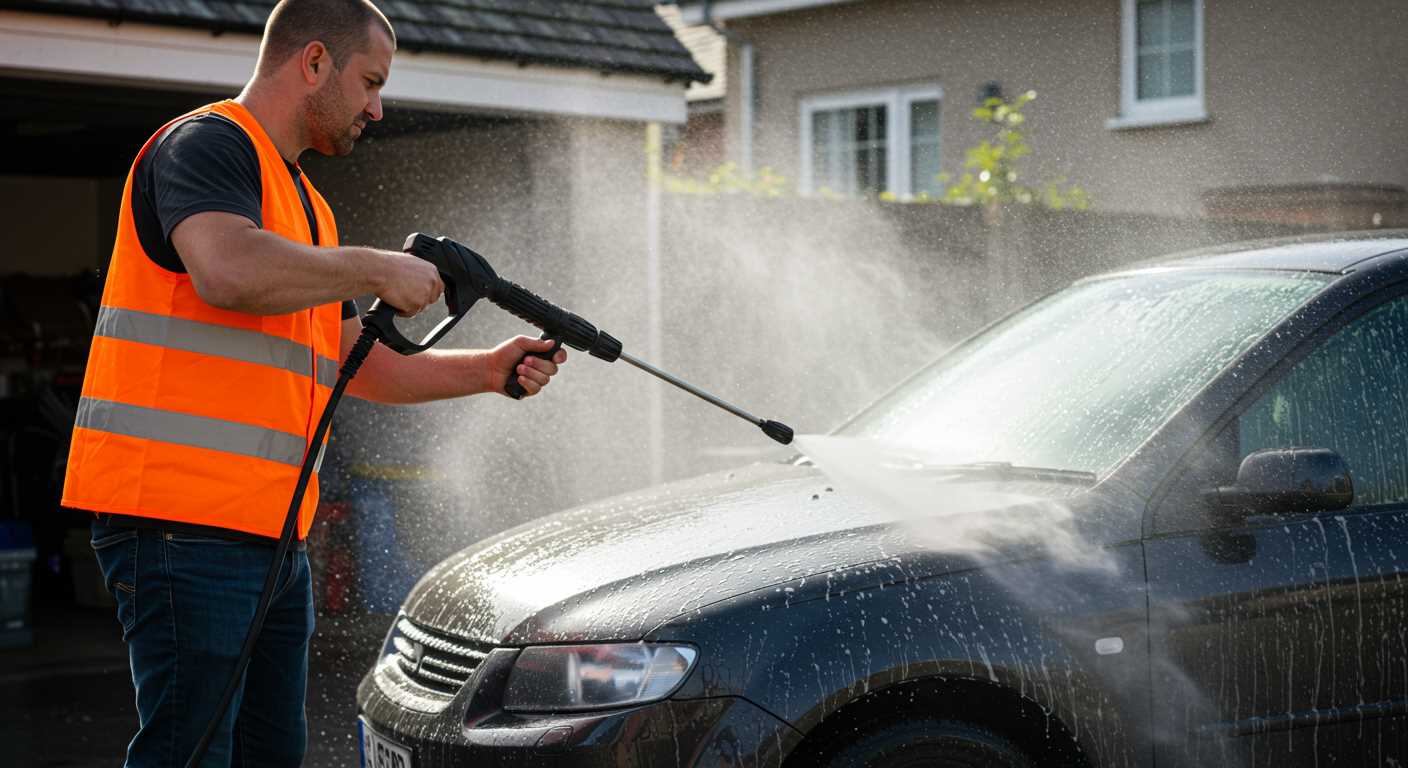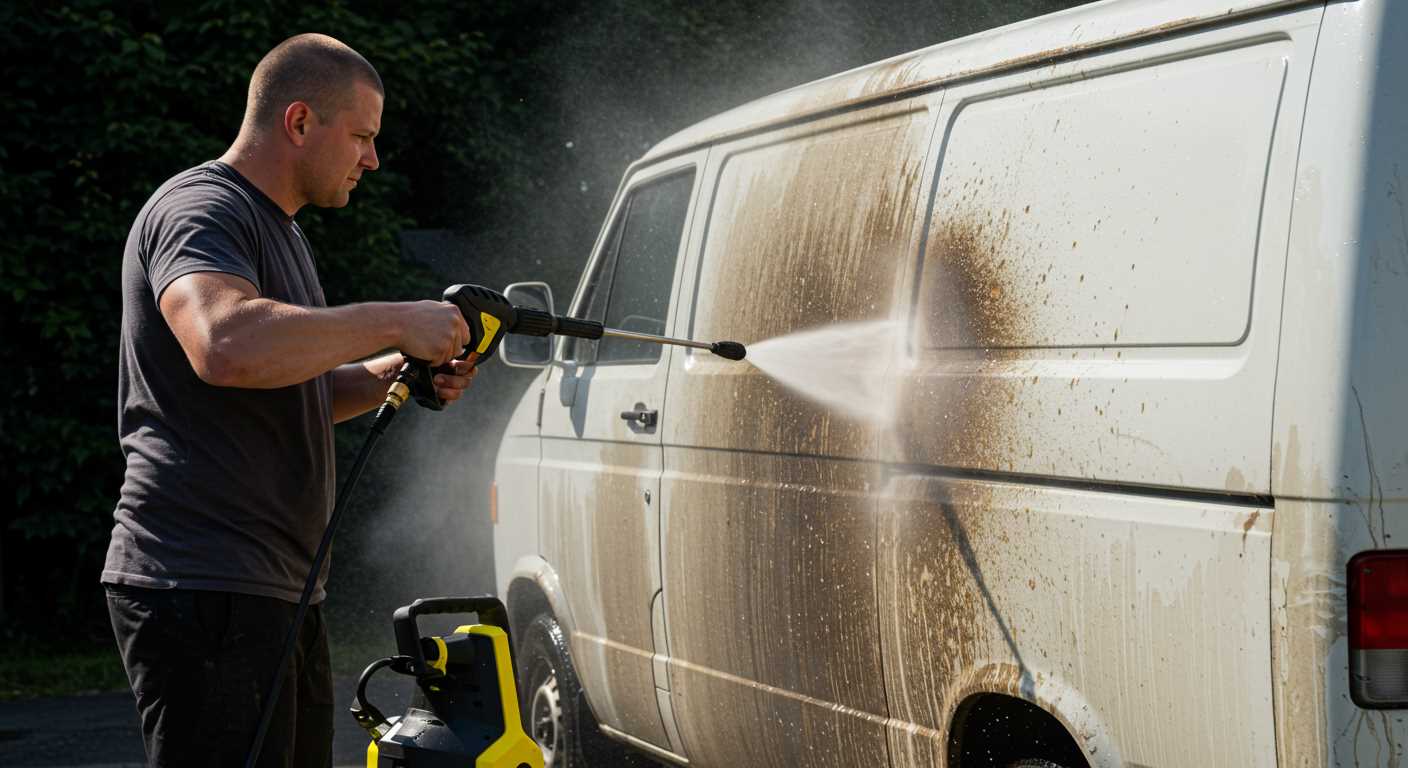

Over the summer, cleaning the organic and some residual waste bins is extremely important. Clean bins protect against the settlement of annoying insects and reduce the development of odours, which can be particularly unpleasant on hot days. Find out how to clean bins properly in this guide.
Time
Ideally, you should clean the bins after they have been emptied so that you can use them again immediately. It is not recommended to refill the bins with waste residues, otherwise you increase the chance of maggots and odours. Recyclables and waste paper bins only need to be cleaned as needed. Organic and residual waste bins, on the other hand, should be checked and cleaned after each emptying. Choose a sunny day so that the bins can dry quickly.
Cleaning agents
1. Water
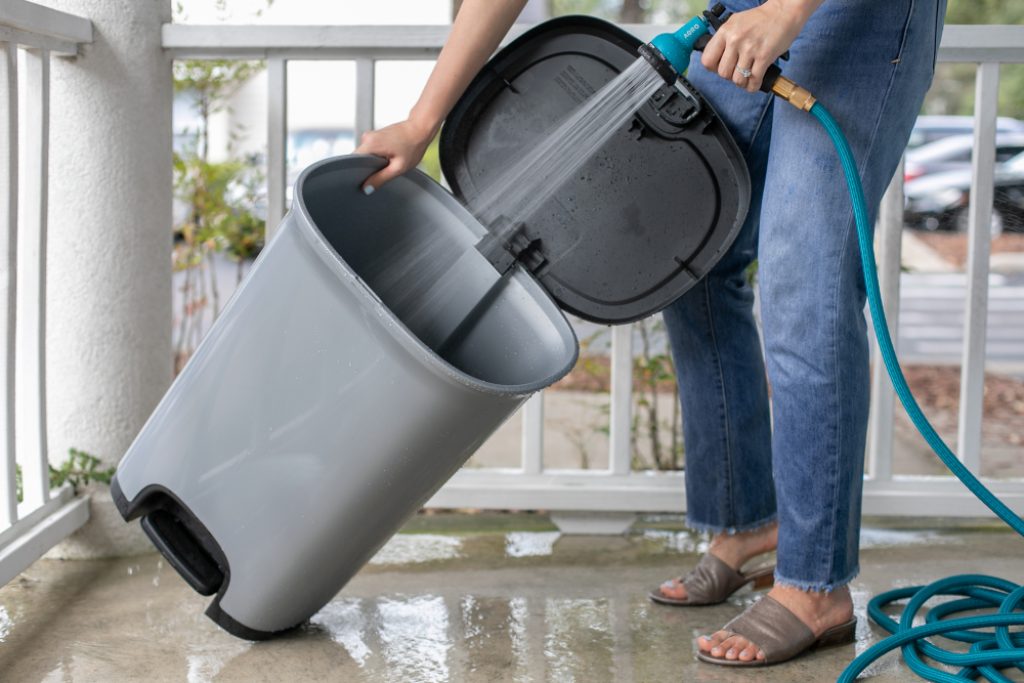
It is sufficient to clean the bins with ordinary water. Heat the water thoroughly and scrub the inside and outside of the bin well. Put on gloves if you do not want to reach inside. Dispose of the water down the nearest drain.
2. Washing-up liquid
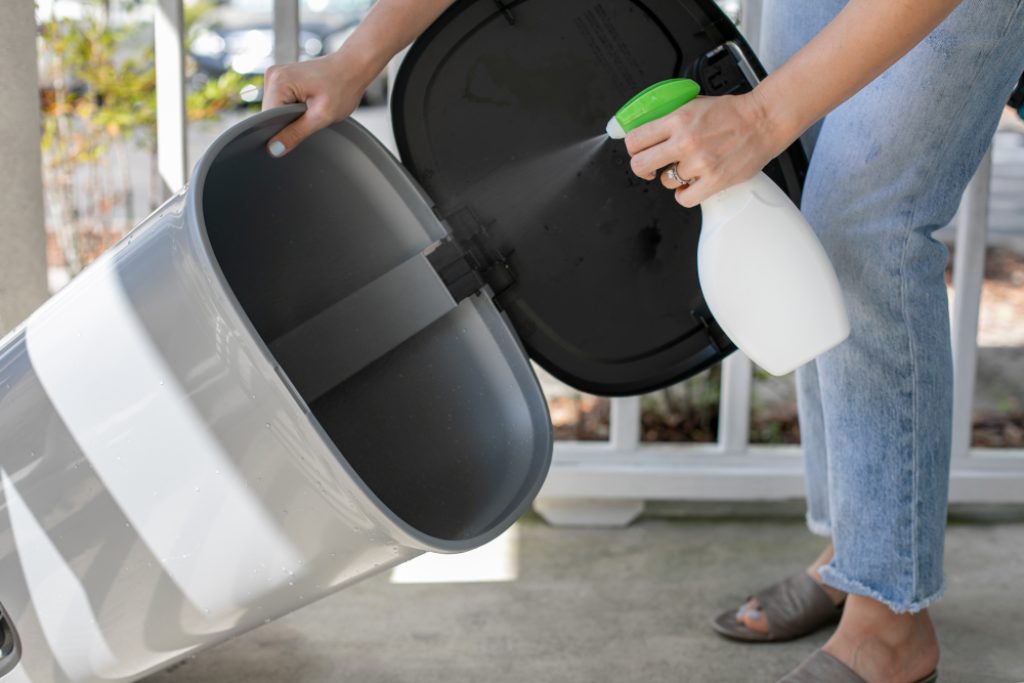
If the dirt cannot be removed by water alone, resort to washing-up liquid. Put a little in the bin and use a brush again. This makes cleaning the bins much easier.
3. Pressure washer
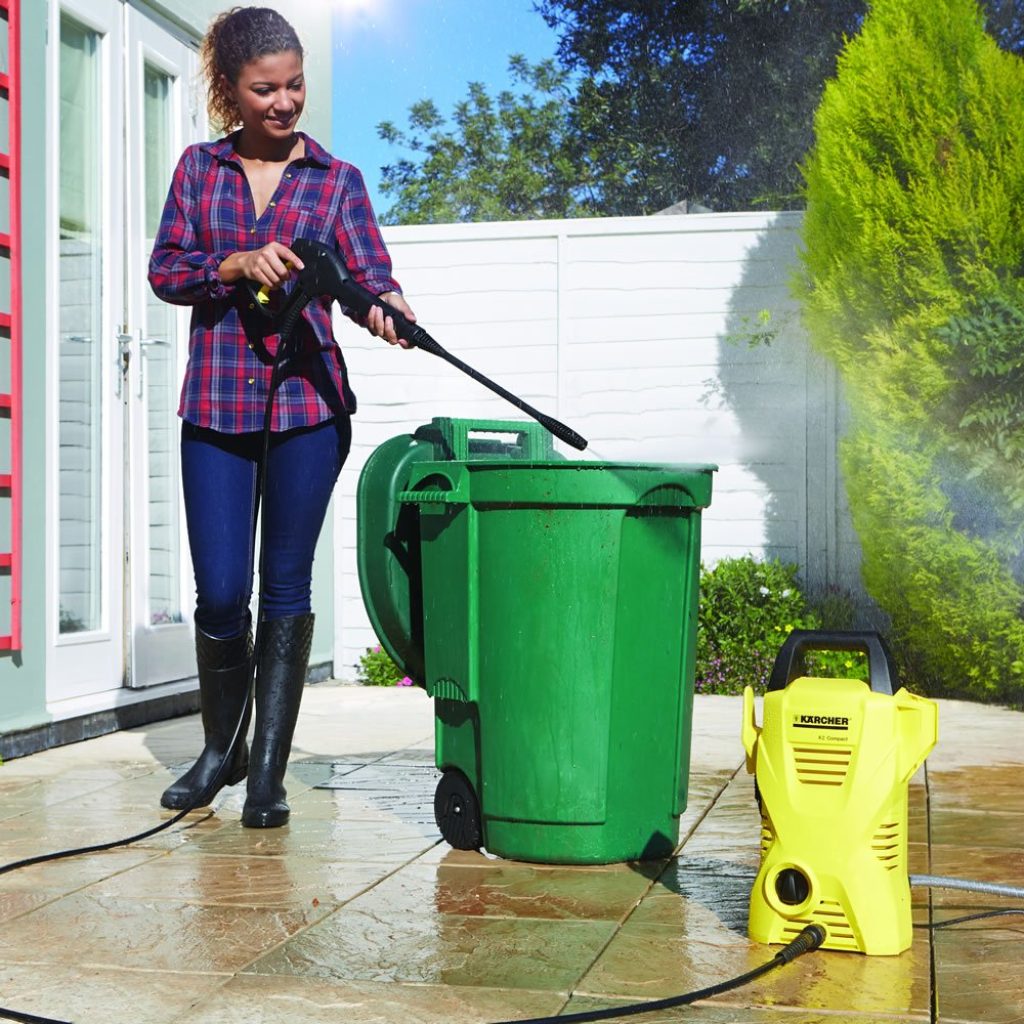
Pressure washers are excellent for cleaning bins. This method is mainly used by companies that specialise in professional bin cleaning. High-pressure cleaning is extremely effective and can be completed within a short time.
More on the topic: How many Bar do I need for my Pressure Washer?
Select a low water pressure for cleaning, as the bins are made of plastic. Plastic can break due to a pressure washer that is set too high. For this reason, run the pressure washer on a low setting. Lay the barrel on its side so that you can easily insert the pressure washer into the opening. Clean the inside of the bin thoroughly with the pressure washer until no more dirt is visible.

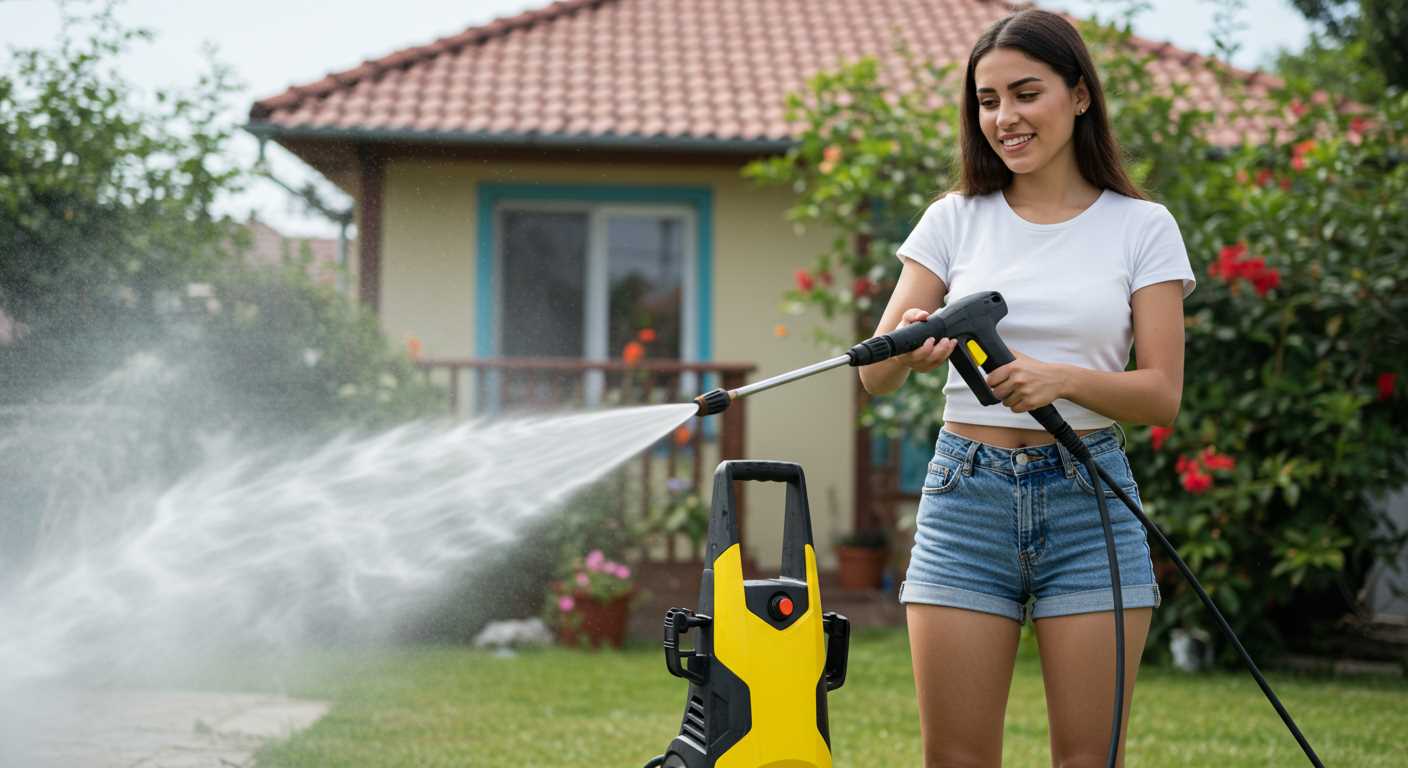
.jpg)
.jpg)
